- Wintering plants in the basement
- 1. Temperature
- 2. Light
- 3. Humidity
- 4. Air Circulation
- 5. Watering
- 6. Pest Prevention
- 7. Monitoring and Care
- Optimal conditions for wintering
- Maintaining humidity levels
- Measuring humidity
- Optimal humidity levels
- Increasing humidity
- Decreasing humidity
- Maintenance tips
- Proper lighting
- Types of artificial lighting
- Lighting duration and intensity
- Positioning of lights
- Monitoring the plants
- Providing adequate ventilation
- 1. Use a fan
- 2. Open windows and doors periodically
- 3. Install vents or air vents
- 4. Monitor humidity levels
- Choosing the right containers
- 1. Size
- 2. Drainage
- 3. Material
- 4. Insulation
- 5. Accessibility
- 6. Number of plants
- Preventing pest infestations
- 1. Clean the area
- 2. Inspect your plants
- 3. Quarantine new plants
- 4. Provide proper ventilation
- 5. Use natural pest repellents
- 6. Regularly monitor your plants
- 7. Maintain proper plant hygiene
- 8. Avoid using chemical pesticides
- 9. Consult a professional
- Watering and fertilizing tips
- Watering:
- Fertilizing:
- Survival rate of wintering plants
- Type of plant
- Conditions in the basement
- Care during winter months
- Survival rate
- Question-answer:
- What plants can be wintered in the basement?
- What are the optimal conditions for wintering plants in the basement?
- How often should I water plants in the basement during winter?
- Can I use artificial light for wintering plants in the basement?
- What is the survival rate of plants wintered in the basement?
- Video: 10 HARDY OUTDOOR PLANTS that survive harsh SUN and the COLD
As the winter months approach, many gardeners find themselves facing the challenge of how to protect their delicate plants from the harsh conditions. While some plants may be able to tolerate the winter weather, others require extra care and attention to survive. One option that many gardeners explore is wintering plants in the basement.
Wintering plants in the basement can provide a controlled environment with stable temperatures and protection from extreme weather conditions. This can be particularly beneficial for plants that are not frost-hardy or those that require specific temperature ranges to thrive. By moving plants indoors, gardeners can ensure their survival and provide them with the optimal conditions they need to continue growing and thriving throughout the winter months.
When wintering plants in the basement, it is important to consider factors such as lighting, humidity, and ventilation. While natural light may not be sufficient for some plants, supplemental artificial lighting can be used to ensure they receive the necessary amount of light to sustain their growth. Additionally, maintaining proper humidity levels and ensuring adequate ventilation can prevent issues such as mold and fungal growth, which can be detrimental to plant health.
Overall, wintering plants in the basement can be a viable solution for protecting delicate plants during the winter months. By providing optimal conditions and addressing specific needs, gardeners can increase the survival rate of their plants and enjoy their beauty year-round. So, if you’re looking for a way to keep your plants thriving during the winter, consider wintering them in the basement and create a cozy, controlled environment to ensure their survival.
Wintering plants in the basement
Winter can be a challenging time for many plants, especially those that are not able to withstand cold temperatures. However, with the right conditions, it is possible to successfully winter plants in the basement. Here are some tips on how to provide optimal conditions and increase the survival rate of your plants during the winter season.
1. Temperature
One of the most important factors in wintering plants in the basement is maintaining the right temperature. Most plants prefer a cool temperature range of around 50-60 degrees Fahrenheit (10-15 degrees Celsius). It is crucial to avoid extreme temperature fluctuations as they can stress the plants. Consider using a thermometer to monitor the temperature in the basement and adjust as needed.
2. Light
During the winter months, natural light may be limited in the basement. To compensate for this, ensure that your plants have access to sufficient artificial light. You can use grow lights specifically designed for plants or regular fluorescent lights. Position the lights close enough to the plants to provide adequate light intensity.
3. Humidity
Indoor environments tend to be drier during the winter due to heating systems. To increase humidity levels in the basement, you can place trays filled with water near the plants or use a humidifier. Mist the plants occasionally to create a humid microclimate around them. Avoid placing the plants directly on top of radiators or heating vents, as this can dry them out quickly.
4. Air Circulation
Proper air circulation is essential to prevent the growth of mold and mildew in the basement. Keep the basement well-ventilated by opening windows or using fans to ensure a continuous supply of fresh air. This will help prevent stagnant air and improve overall plant health.
5. Watering
Watering requirements may vary depending on the type of plants you are wintering in the basement. Generally, it is recommended to water the plants when the top inch of soil feels dry. Avoid overwatering, as this can lead to root rot. Additionally, ensure that the pots have drainage holes to allow excess water to escape.
6. Pest Prevention
Pests can still be an issue during the winter months, even in the basement. Inspect your plants regularly for signs of pests such as spider mites or aphids. If you spot any pests, isolate the affected plants and treat them with appropriate insecticides or natural pest control methods.
7. Monitoring and Care
Regularly monitor the plants in the basement for any signs of stress or disease. Remove any dead or decaying leaves to prevent the spread of diseases. Provide proper care by fertilizing the plants as needed, following the instructions for the specific type of plants you are wintering.
By providing the right conditions and care, you can increase the survival rate of your plants during the winter season in the basement. Remember to adapt these tips based on the specific needs of the plants you are wintering.
Optimal conditions for wintering
- Temperature: The ideal temperature for wintering plants in the basement is around 50 to 55 degrees Fahrenheit (10 to 13 degrees Celsius). This temperature range is cool enough to ensure dormancy, but not too cold to cause damage to the plants.
- Humidity: Maintaining proper humidity levels is crucial for the survival of wintering plants. Humidity between 40% to 60% is optimal. This can be achieved by placing trays of water or using a humidifier to increase moisture in the air.
- Light: While most wintering plants benefit from a period of darkness, some plants may still require a certain amount of light. Providing a low-intensity light source for a few hours a day can help plants survive the winter.
- Air circulation: Good air circulation is important to prevent the growth of mold and mildew. Make sure the basement is well-ventilated and consider using fans to improve air circulation.
- Insulation: Insulating the basement walls and floor can provide additional protection against extreme temperatures. This can be achieved by using insulation boards, foam, or even blankets.
- Watering: Watering should be reduced during winter, as plants require less water while in dormancy. Check the moisture levels of the plants’ soil regularly and only water when the soil feels dry to the touch.
- Protection from pests: Ensure that the plants are free from pests before bringing them into the basement. Regularly inspect the plants for any signs of infestation and take necessary steps to eliminate pests if found.
- Monitoring: Regularly monitor the conditions in the basement, including temperature, humidity, and light levels. Make adjustments as needed to maintain optimal conditions for wintering plants.
In conclusion, providing optimal conditions for wintering plants in the basement can greatly increase their chances of survival. By maintaining the right temperature, humidity, light, and air circulation, as well as proper insulation and pest protection, your plants can thrive even during the cold winter months.
Maintaining humidity levels
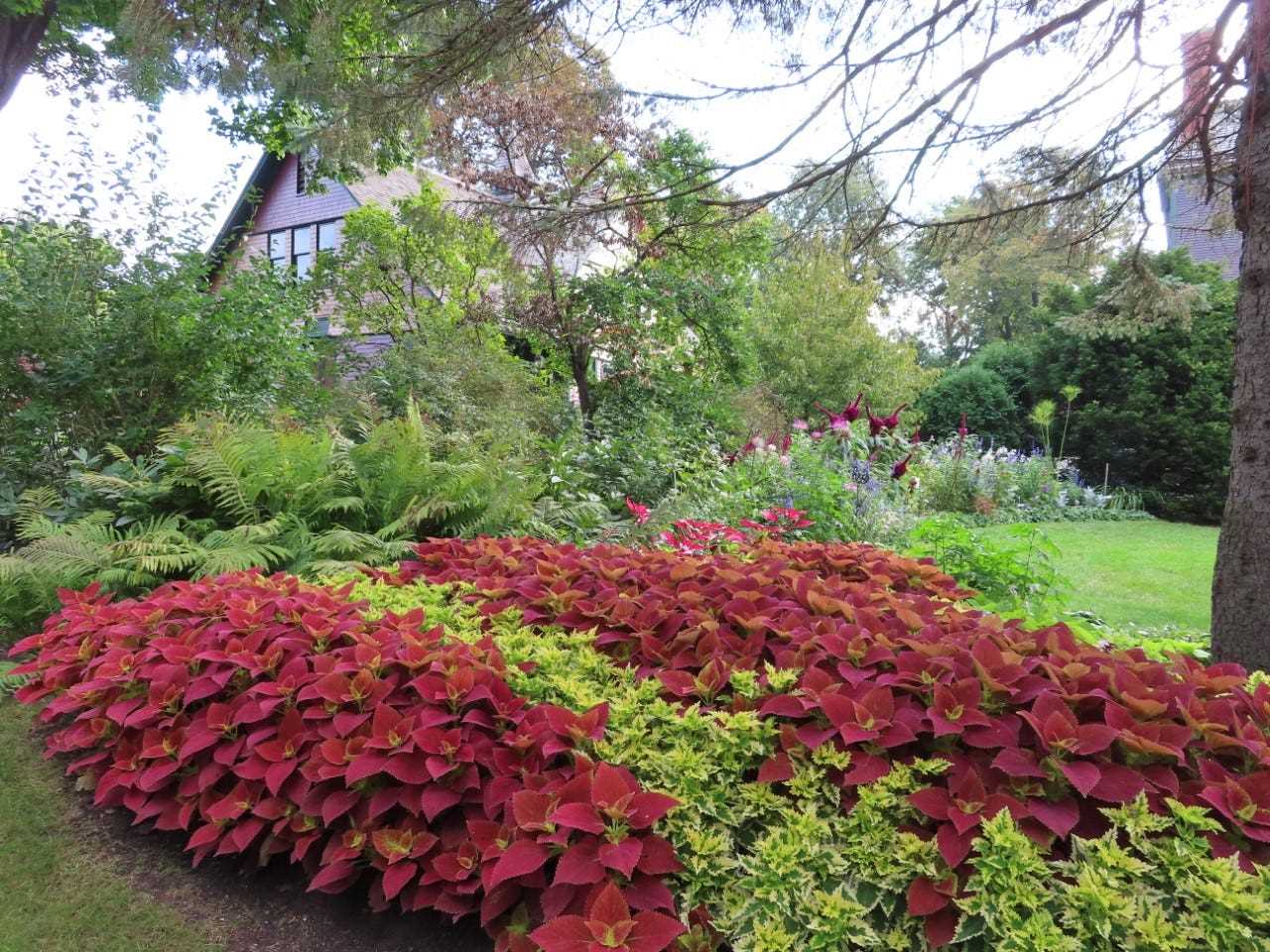
In order for wintering plants to thrive in the basement, it is important to maintain optimal humidity levels. Proper humidity not only ensures the survival of the plants but also helps prevent the growth of mold and mildew.
Measuring humidity
The first step in maintaining humidity levels is to measure the humidity in the basement. This can be done using a hygrometer, which is a device that measures the moisture content in the air.
Optimal humidity levels
The ideal humidity level for wintering plants is between 40% and 60%. This level provides enough moisture for the plants without creating an environment that is too damp.
Increasing humidity
If the humidity level in the basement is too low, there are several ways to increase it:
- Place a humidifier in the basement to add moisture to the air.
- Group the plants together to create a microclimate with higher humidity.
- Mist the plants with water regularly to increase humidity around them.
Decreasing humidity
If the humidity level in the basement is too high, there are steps you can take to decrease it:
- Use a dehumidifier to remove excess moisture from the air.
- Open windows or use fans to increase ventilation and promote air circulation.
- Avoid overwatering the plants, as excess water can contribute to higher humidity levels.
Maintenance tips
In addition to measuring and adjusting humidity levels, there are some general maintenance tips to ensure the well-being of wintering plants:
- Regularly check the plants for signs of stress, such as wilting or yellowing leaves.
- Monitor the temperature in the basement and make sure it stays within the appropriate range for the plants.
- Provide adequate lighting for the plants, either through natural sunlight or artificial grow lights.
- Water the plants as needed, taking into account their specific watering requirements.
- Keep an eye out for pests and diseases and take appropriate measures to prevent or treat them.
By maintaining the proper humidity levels and following these maintenance tips, you can increase the survival rate and overall health of wintering plants in the basement.
Proper lighting
Proper lighting is crucial for the wintering plants in the basement to ensure their survival and healthy growth. Since they are not exposed to natural sunlight, artificial lighting is necessary to provide them with the necessary light energy.
Types of artificial lighting
There are several types of artificial lighting that can be used for wintering plants in the basement:
- Incandescent lights: These lights produce a warm spectrum of light that is suitable for promoting flowering and fruiting. However, they are not energy-efficient and can generate a lot of heat, so they need to be used with caution to prevent overheating the plants.
- Fluorescent lights: Fluorescent lights are commonly used for indoor gardening due to their efficiency and affordability. They come in different spectrums, including warm and cool variants, and can be adjusted according to the specific needs of the plants.
- LED lights: LED lights are becoming increasingly popular for wintering plants in the basement. They are energy-efficient and can produce specific spectrums of light to promote different stages of plant growth. LED lights also produce less heat compared to other types of lighting, reducing the risk of overheating the plants.
Lighting duration and intensity
The duration and intensity of artificial lighting depend on the specific plants being wintered. In general, most plants require around 12-16 hours of light per day. However, it is important to research the specific light requirements for each plant species to ensure optimal growth.
It is recommended to use a timer to regulate the lighting duration and maintain a consistent schedule. This helps mimic natural daylight, providing a stable environment for the plants.
Positioning of lights
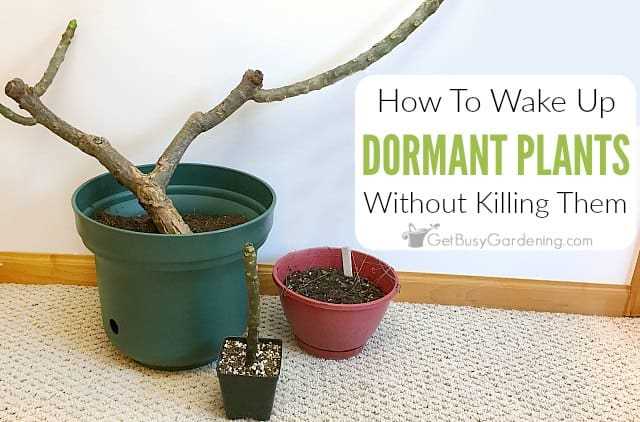
The positioning of lights is essential to ensure uniform light distribution and prevent shadowing. Hanging the lights above the plants and using reflectors can help maximize the coverage and reach of the light. It is also important to adjust the height and angle of the lights as the plants grow to maintain an optimal distance and prevent light burn.
Monitoring the plants
Regular monitoring of the plants is crucial to ensure they are receiving the right amount of light. Signs of insufficient lighting include leggy growth, pale or yellowing leaves, and lack of flowering or fruiting. On the other hand, excessive lighting can lead to burnt or scorched leaves.
By understanding the lighting needs of wintering plants and providing appropriate artificial lighting, you can create an ideal environment for their growth and ensure their survival throughout the winter season.
Providing adequate ventilation
When wintering plants in the basement, it is crucial to provide adequate ventilation to ensure their survival. Lack of ventilation can lead to a buildup of excess humidity, which can cause mold growth, fungal diseases, and root rot. On the other hand, too much ventilation can result in a drop in temperature that might not be suitable for some plant species.
To strike the right balance, consider the following tips:
1. Use a fan
Placing a fan in the basement can help circulate the air and prevent the formation of stagnant pockets. Make sure to set the fan to a low or medium speed to avoid excessive airflow that could chill the plants.
2. Open windows and doors periodically
Depending on the weather conditions outside, opening windows and doors for a short period each day can introduce fresh air into the basement. This can help prevent the buildup of excessive humidity and maintain a healthy environment for the plants.
3. Install vents or air vents
If your basement lacks natural ventilation options, consider installing vents or air vents. These can be placed strategically to ensure proper airflow throughout the space. Consult a professional if you are unsure about the appropriate placement and installation process.
4. Monitor humidity levels
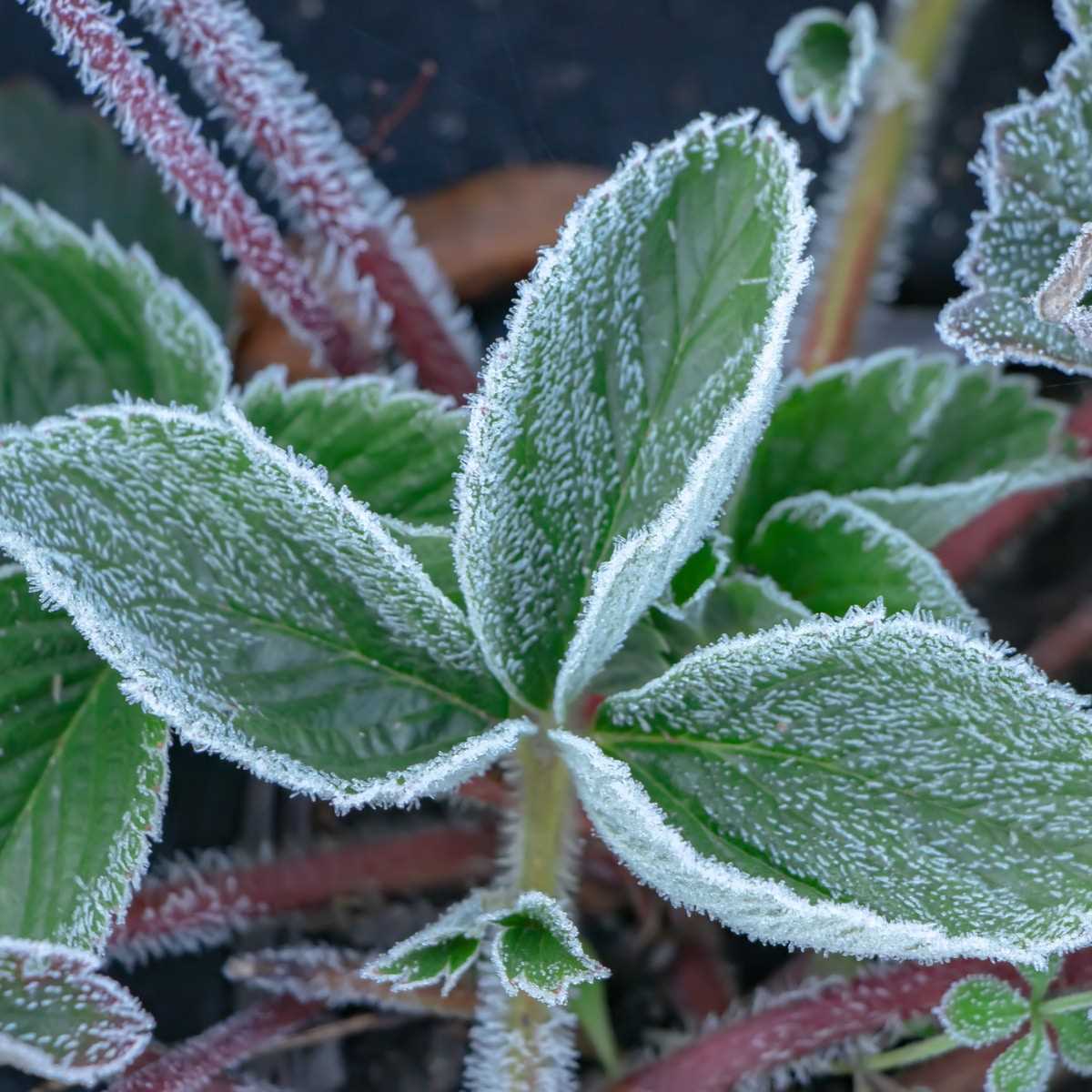
Regularly monitor the humidity levels in the basement using a hygrometer. This will help you determine if additional ventilation is required. Aim for a humidity level between 40% and 60% to maintain optimal conditions for the plants.
By providing adequate ventilation, you can create a favorable environment for wintering plants in the basement and increase their chance of survival.
Choosing the right containers
When it comes to wintering plants in the basement, choosing the right containers is crucial for the survival and health of your plants. Here are some factors to consider when selecting containers:
1. Size
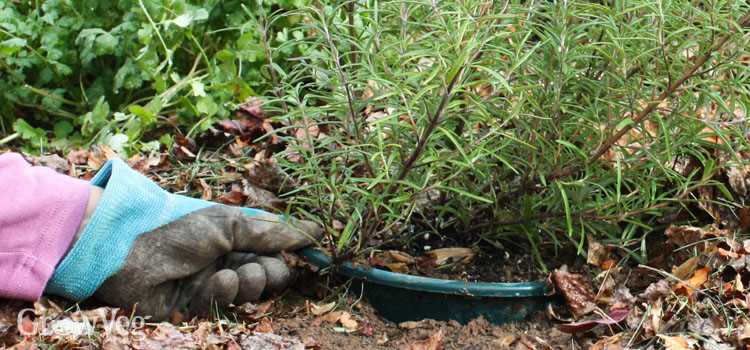
Choose containers that provide enough space for the plant’s root system to grow. The size of the container should be appropriate for the size of the plant. Avoid using containers that are too large, as excessive soil moisture can lead to root rot.
2. Drainage
Ensure that the containers have proper drainage holes at the bottom to prevent waterlogging and promote healthy root growth. Excess water can cause root rot and other diseases, so it’s important to choose containers with good drainage.
3. Material
Consider the material of the containers. Clay pots are porous and allow for better air circulation and water drainage. Plastic containers, on the other hand, retain more moisture and can be a good option for plants that prefer a more humid environment.
4. Insulation
If you’re planning to keep your plants in an unheated basement, consider using insulated containers. These containers can provide an extra layer of protection and help regulate temperature fluctuations, which can be detrimental to plants during the winter months.
5. Accessibility
Choose containers that are easy to move and handle. This is especially important if you need to bring the plants indoors during unexpected cold snaps. Opt for containers with handles or those that are lightweight and easy to transport.
6. Number of plants
Consider the number of plants you want to winter in your basement when choosing containers. Grouping similar plants together in larger containers can help create a more favorable microclimate and make maintenance easier.
By considering these factors, you can ensure that your plants have the best possible conditions for wintering in the basement, increasing their chances of survival and maintaining their overall health.
Preventing pest infestations
When wintering plants in the basement, it’s important to take measures to prevent pest infestations. The controlled environment of the basement can sometimes attract pests, but with proper precautions, you can minimize the risks.
1. Clean the area
Before moving your plants to the basement, it’s crucial to clean the space thoroughly. Remove any debris, old pots, or dead plants that might serve as breeding grounds for pests. Vacuum or sweep the area to get rid of any insects hiding in corners or cracks.
2. Inspect your plants
Before bringing your plants indoors, thoroughly inspect them for any signs of pests. Look for evidence of insects, such as webs, holes in leaves, or sticky residue. If you notice any infested plants, treat them immediately to prevent the infestation from spreading to other plants.
3. Quarantine new plants
If you’re adding new plants to your wintering collection, it’s important to quarantine them before placing them with your existing plants. Keep them isolated for a few weeks to monitor for any signs of pests. This will prevent introducing infested plants into your basement and protect your healthy plants from potential infestations.
4. Provide proper ventilation
Pests thrive in environments with poor air circulation. Make sure your basement has proper ventilation to prevent stagnant air that can attract pests. Install fans or open windows periodically to allow fresh air to circulate.
5. Use natural pest repellents
Consider using natural pest repellents, such as neem oil or insecticidal soap, to prevent infestations. These products are safe for most plants and can help deter common pests like aphids, spider mites, and whiteflies.
6. Regularly monitor your plants
Stay vigilant and regularly inspect your plants for any signs of pests. Keep an eye out for yellowing leaves, wilting, or unusual growth patterns, as these can be indicators of infestations. Catching pest problems early will make them easier to control and minimize damage to your plants.
7. Maintain proper plant hygiene
Regularly clean your plants’ leaves by gently wiping them with a damp cloth. This will help remove dust and debris where pests can hide. Avoid overwatering your plants as excessive moisture can attract pests, especially fungus gnats.
8. Avoid using chemical pesticides
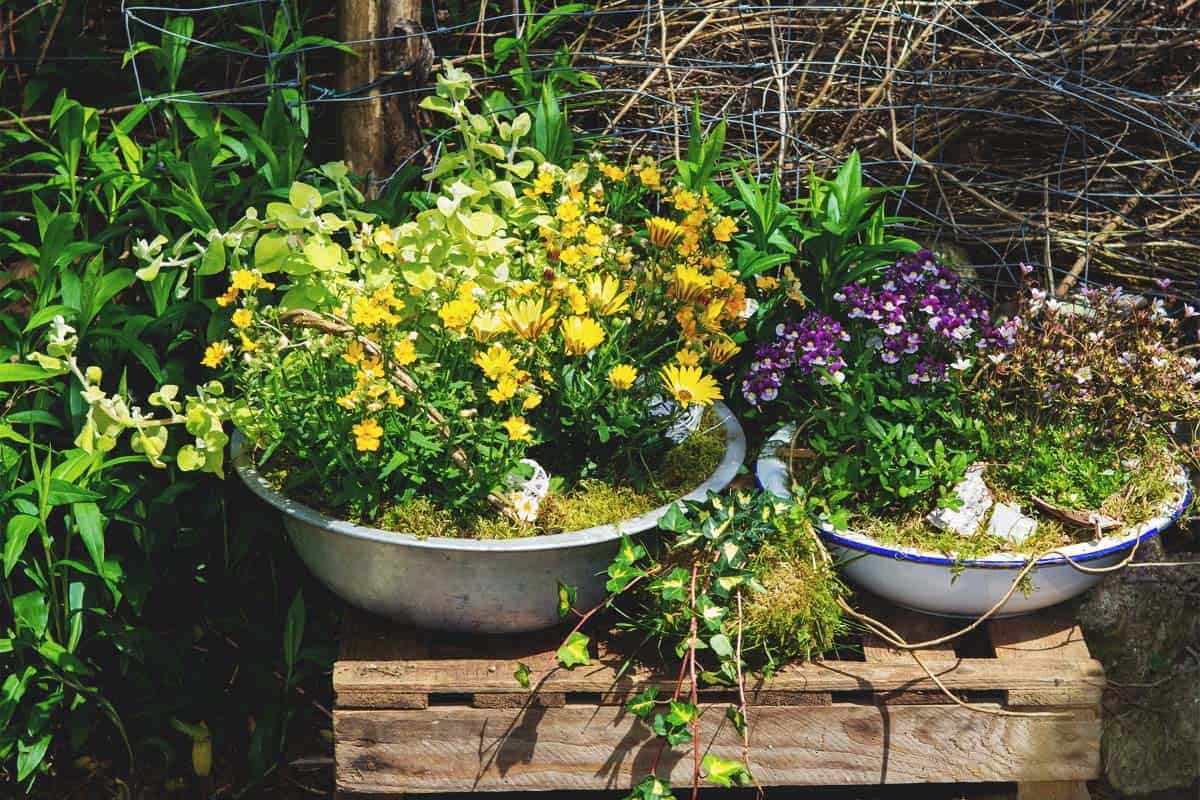
While chemical pesticides can be effective in controlling pests, they can also harm your plants and the environment. Whenever possible, opt for natural pest control methods first before resorting to chemical pesticides.
9. Consult a professional
If you’re facing persistent pest problems despite your preventative measures, consider consulting a professional pest control service. They can help identify the specific pests and provide targeted treatment options to eliminate the infestation.
By following these preventative measures, you can significantly reduce the risk of pest infestations and ensure the health and survival of your wintering plants in the basement.
Watering and fertilizing tips
Proper watering and fertilizing are essential for the survival and health of wintering plants in the basement. Here are some tips to help you provide the optimal care for your plants:
Watering:
- Do not overwater the plants. Overwatering can lead to root rot and other fungal diseases.
- Check the moisture level of the soil before watering. Stick your finger into the soil up to the second knuckle. If the soil feels dry, it’s time to water.
- Water the plants thoroughly until the excess water drains out of the bottom of the pot. Ensure the pots have proper drainage holes to avoid waterlogging.
- Water the plants in the morning to allow time for the soil to dry before evening. This helps prevent fungal diseases.
Fertilizing:
- Avoid fertilizing dormant plants. Most plants go into a period of dormancy during winter and do not require regular fertilization.
- Resume fertilizing when the plants start showing signs of new growth in spring. Use a balanced liquid fertilizer diluted to half strength.
- Fertilize the plants every 4-6 weeks during the growing season. Follow the instructions on the fertilizer packaging for proper application rates.
- Avoid fertilizing during the winter months when the plants are not actively growing. Excess fertilizer can cause salt buildup in the soil and harm the plants.
By following these watering and fertilizing tips, you can ensure that your wintering plants in the basement receive the proper care they need to thrive during the colder months. Remember to regularly monitor the condition of the plants and adjust your care routine accordingly.
Survival rate of wintering plants
The survival rate of wintering plants in the basement is influenced by several factors, including the type of plant, the conditions in the basement, and the care provided during the winter months.
Type of plant
The type of plant being wintered in the basement can greatly affect its survival rate. Some plants are more cold-tolerant than others and can endure lower temperatures without damage. It is important to research the specific requirements of each plant to ensure optimal conditions for their survival.
Conditions in the basement
The conditions in the basement, such as temperature, humidity, and lighting, play a crucial role in determining the survival rate of wintering plants. Most plants prefer a cool but not freezing temperature, with a range of 40-50 degrees Fahrenheit (4-10 degrees Celsius). Additionally, the basement should provide adequate humidity and proper lighting for the plants to thrive.
Care during winter months
Proper care during the winter months is essential for the survival of wintering plants. This includes regular watering, monitoring for pests or diseases, and providing adequate light if natural light is insufficient. It is also important to avoid overwatering, as this can lead to root rot and other issues that can decrease the survival rate of the plants.
Survival rate
The survival rate of wintering plants in the basement can vary depending on the above factors. With proper research and care, many plants can survive and thrive in the basement during the winter months. However, it is important to note that some plants may not tolerate the conditions in the basement, and their survival rate may be lower. It is recommended to choose cold-tolerant plants and provide optimal conditions to increase the chances of survival.
| Factor | Effect on survival rate |
|---|---|
| Type of plant | Different plants have different tolerance to winter conditions |
| Conditions in the basement | Temperature, humidity, and lighting should be at optimal levels |
| Care during winter months | Regular watering, pest control, and proper lighting are crucial |
By considering these factors and providing the necessary care, the survival rate of wintering plants in the basement can be maximized. With proper attention to detail, many plants can successfully endure the winter months indoors and thrive once spring arrives.
Question-answer:
What plants can be wintered in the basement?
Many different types of plants can be wintered in the basement, including tropical plants, succulents, herbs, and even some vegetable plants. It’s important to choose plants that can tolerate low light and cooler temperatures.
What are the optimal conditions for wintering plants in the basement?
The optimal conditions for wintering plants in the basement include a temperature range of 50 to 60 degrees Fahrenheit (10 to 15 degrees Celsius), high humidity, and a sufficient light source. It’s also important to ensure good air circulation and proper drainage for the plants.
How often should I water plants in the basement during winter?
The watering frequency for plants in the basement during winter will depend on various factors such as the type of plant, the temperature, and the humidity levels. It’s important to monitor the soil moisture and adjust the watering accordingly. Generally, plants in the basement may require less frequent watering compared to plants in other environments.
Can I use artificial light for wintering plants in the basement?
Yes, artificial light can be used for wintering plants in the basement. It is important to choose the right type of artificial light, such as full spectrum fluorescent or LED grow lights, and position them at an appropriate distance from the plants to provide sufficient light intensity. The duration of light exposure should mimic natural daylight hours for the specific plants being wintered.
What is the survival rate of plants wintered in the basement?
The survival rate of plants wintered in the basement can vary depending on several factors, including the type of plants, the care provided, and the specific conditions in the basement. With proper care and suitable conditions, many plants can survive and thrive during the winter months in the basement. However, some plants may experience challenges and have a lower survival rate.







